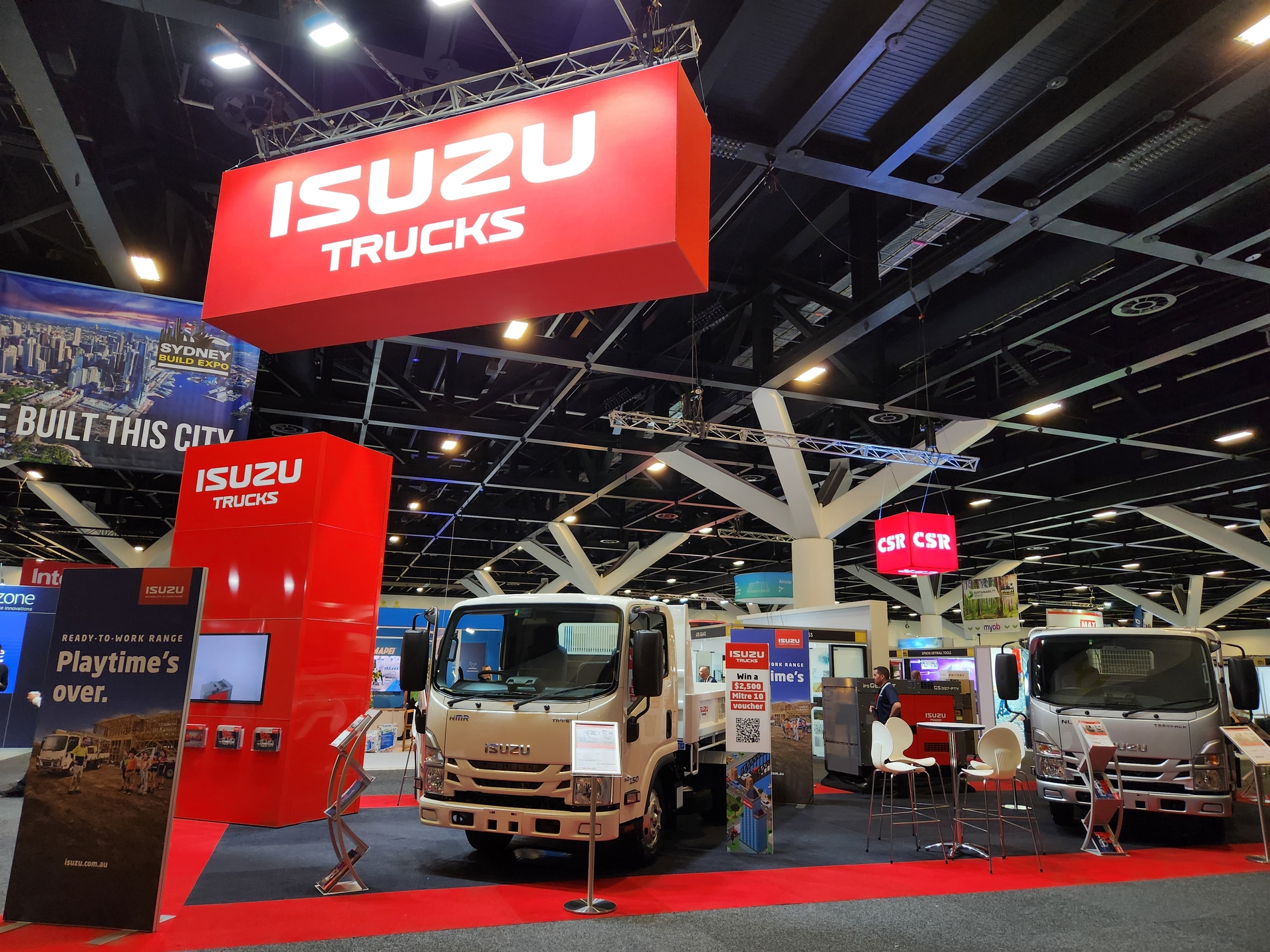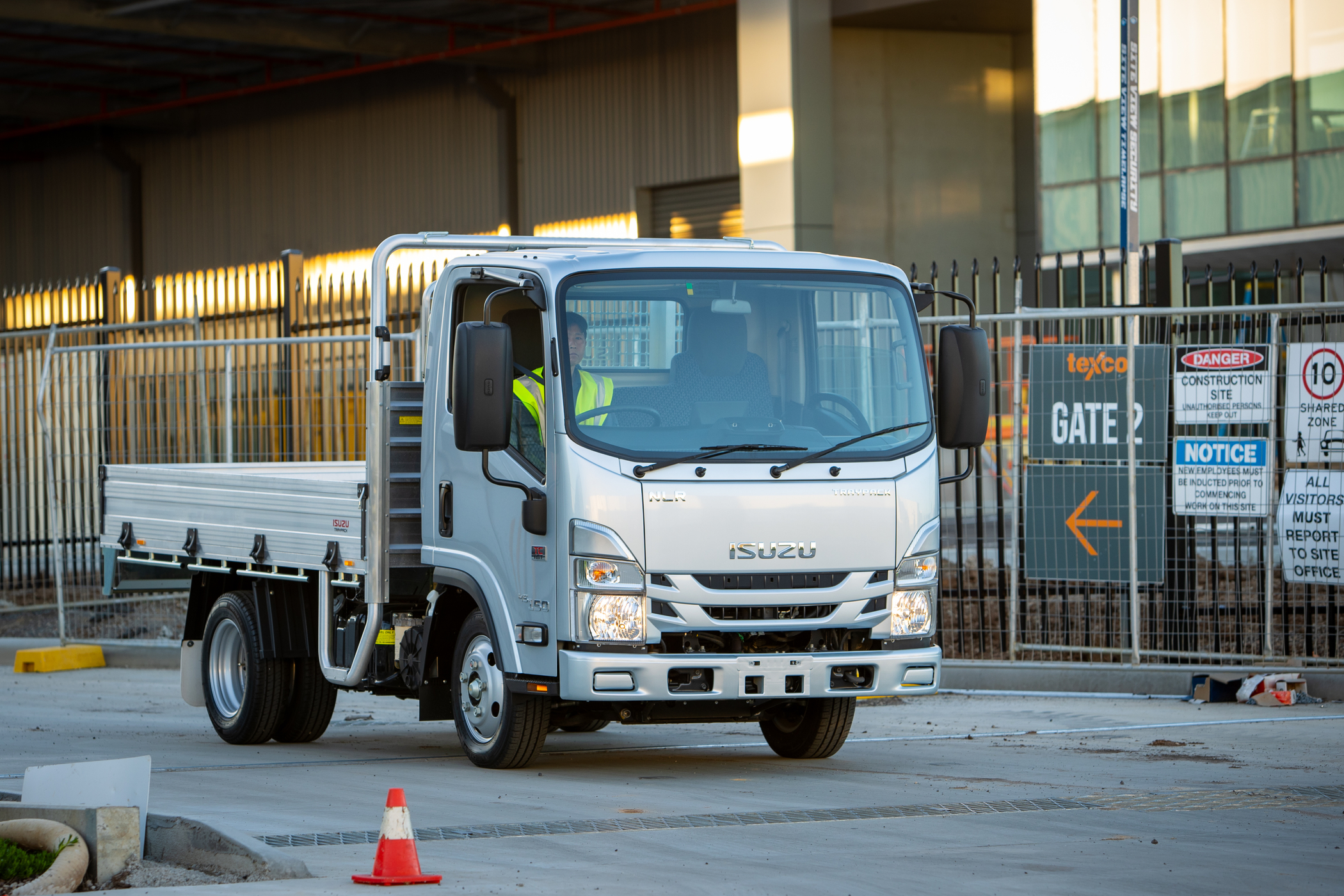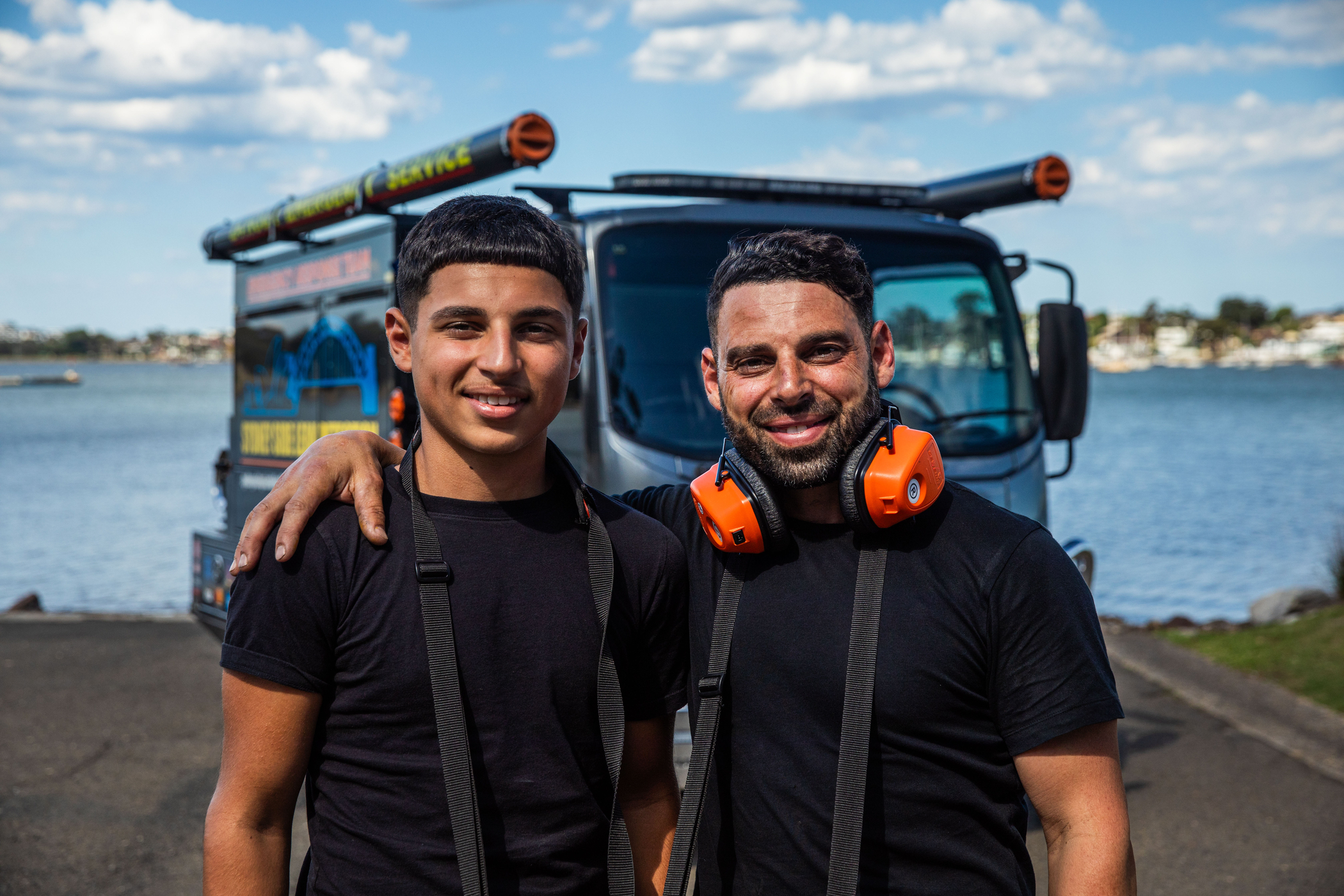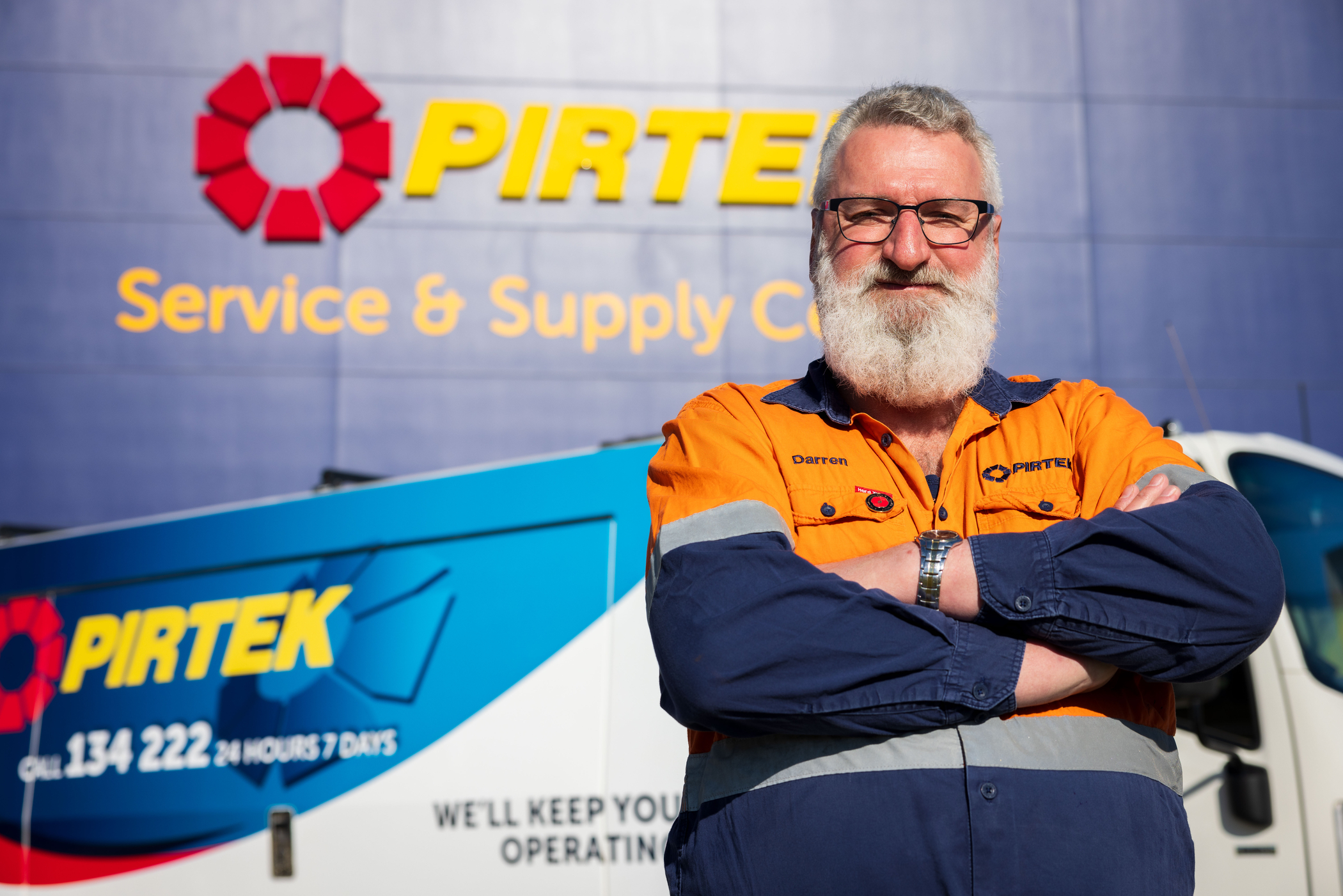INTERCONNECTED: THE FUTURE OF ROAD TRANSPORT
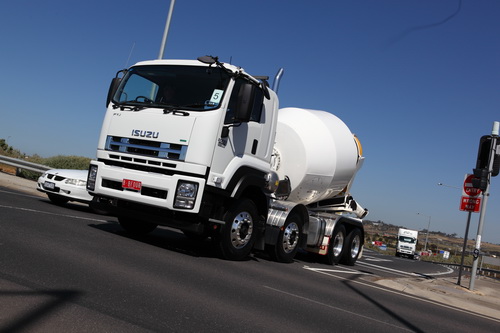
[image_gallery][/image_gallery]
Isuzu Australia Limited (IAL) is already fully engaged with offering greater vehicle and driver visibility to customers with their current telematics offerings, Isuzu Connect and Isuzu Connect Plus.
Using on-board vehicle sensors, vehicle positioning and management software, Isuzu Telematics provides real-time, 24/7 data for drivers, operators and fleet managers to access from anywhere on the web.
The benefits of Telematics are many, and include opportunities to significantly optimise driver safety, improve fuel efficiency and keep better informed about a vehicle’s health and servicing requirements.
One key benefit is Isuzu’s two-way messaging system, which has been added to the Isuzu Telematics 2016 package. The technology enables two-way communication between fleet controllers (home base) and vehicles out on the road.
Additionally, Isuzu is also anticipating the introduction of electronic work diaries (EWDs) as part of its intelligent truck platform.
Currently, Australian drivers are required to keep written work diaries if operating more than 100 kilometres from home base. The up-keep and accuracy of these diaries are a constant source of angst within the industry, although an electronic format is expected to eliminate human error, reduce fatigue and increase overall road safety.
Due to government process and specifications, wholesale take-up of EWDs is not expected until well into 2017, although Isuzu will have the technology and hardware in place when these arrangements become finalised.
V2I technology will help further improve road safety by enabling vehicles to communicate with other elements in the road infrastructure network such as traffic lights and on-ramp meters.
Put into practice, V2I technology could inform a driver of an upcoming red light and indicate the speed they will need to take to hit the intersection in perfect time to get the green light.
V2X
V2X encompasses both V2I and V2V technology, to create a comprehensive road communication technology that offers all road users more control over their vehicles and their own safety.
Although still in its infancy, V2X is considered the technology which could eventually create a safe framework for autonomous vehicles to operate within.
For most consumers, self-driving vehicles are still the stuff of the future, however, commentators are now saying with undivided attention and efforts by the industry, the technology could be rolled-out in the next ten years.
In terms of safety, V2X technology could potentially alert pedestrians and drivers of danger before any incident occurs. Bluetooth is set to become increasingly important in V2X communications, in terms of the vehicle’s communication to everything around them, including people.
Through Bluetooth, every pedestrian who carries a smart phone becomes part of the connectivity network.
The technology can also issue a warning to drivers of unseen dangers such as collision risks or a car approaching which is speeding.
Eventually the technology will also be able to inform drivers if the car next to them has worn breaks, or warn about a driver who is braking unexpectedly up ahead.
V2X could significantly reduce traffic congestion by alerting drivers to rush hour traffic, accidents, and suggest alternate routes before they set off on their journey. In turn, this would improve fuel economy and save drivers money in the long run.
The issues innovators in V2X face is that in order for V2X to work effectively, all infrastructures involved will have to be ‘V2X optimised’ and there’ll need to be a widespread take-up of the technology by individuals and fleets across the industry for the results to prove really beneficial.
Australia is already well positioned to stay on the crest of global advances in areas of V2X developments and related technologies.
Adelaide only recently hosted the International Driverless Cars Conference, which explored issues such as the research, work and regulations that need to be taken up before a safe roll-out of connected, automated vehicles in this country.
In an Australian first, South Australian Minister for Transport and Infrastructure Stephen Mullighan introduced a bill to state parliament last September which would allow ‘real life’ testing of the automated technology on public roads.
This move could jumpstart the market towards the goal of using V2X technology to improve road and vehicle safety, enhance collision avoidance systems, fuel economy and develop smarter traffic management systems.
South Australian based company Cohda Wireless are also playing their part in forging the way, with their hardware and software being used in 60 per cent of all Vehicle to Infrastructure and Vehicle to Vehicle field trials worldwide.
As companies like Cohda lead the way, intelligent, V2X technology looks certain to be an inevitable part of our transport future.
Autonomous trucks may also one day become a reality but it will depend on highly optimised road networks and a massive uptake across the board.
ends
For further information, please contact: For Isuzu Engines releases and photos:
Jeff Birdseye Arkajon Communications
Marketing Manager Phone: 03 9867 5611
Isuzu Australia Limited Email: isuzu@arkajon.com.au
Phone: 03 9644 6666

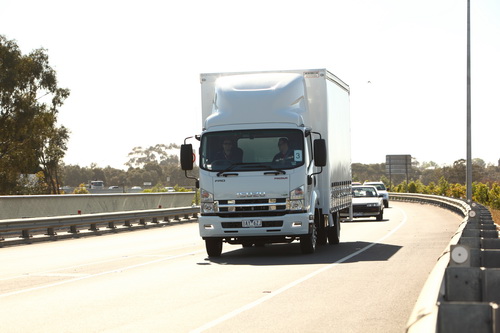
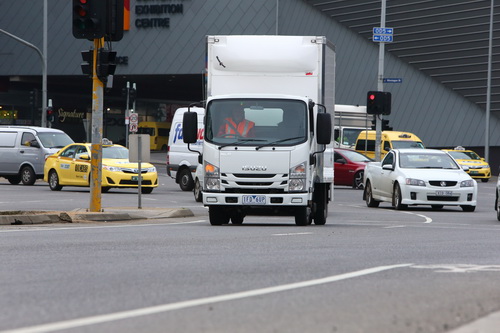
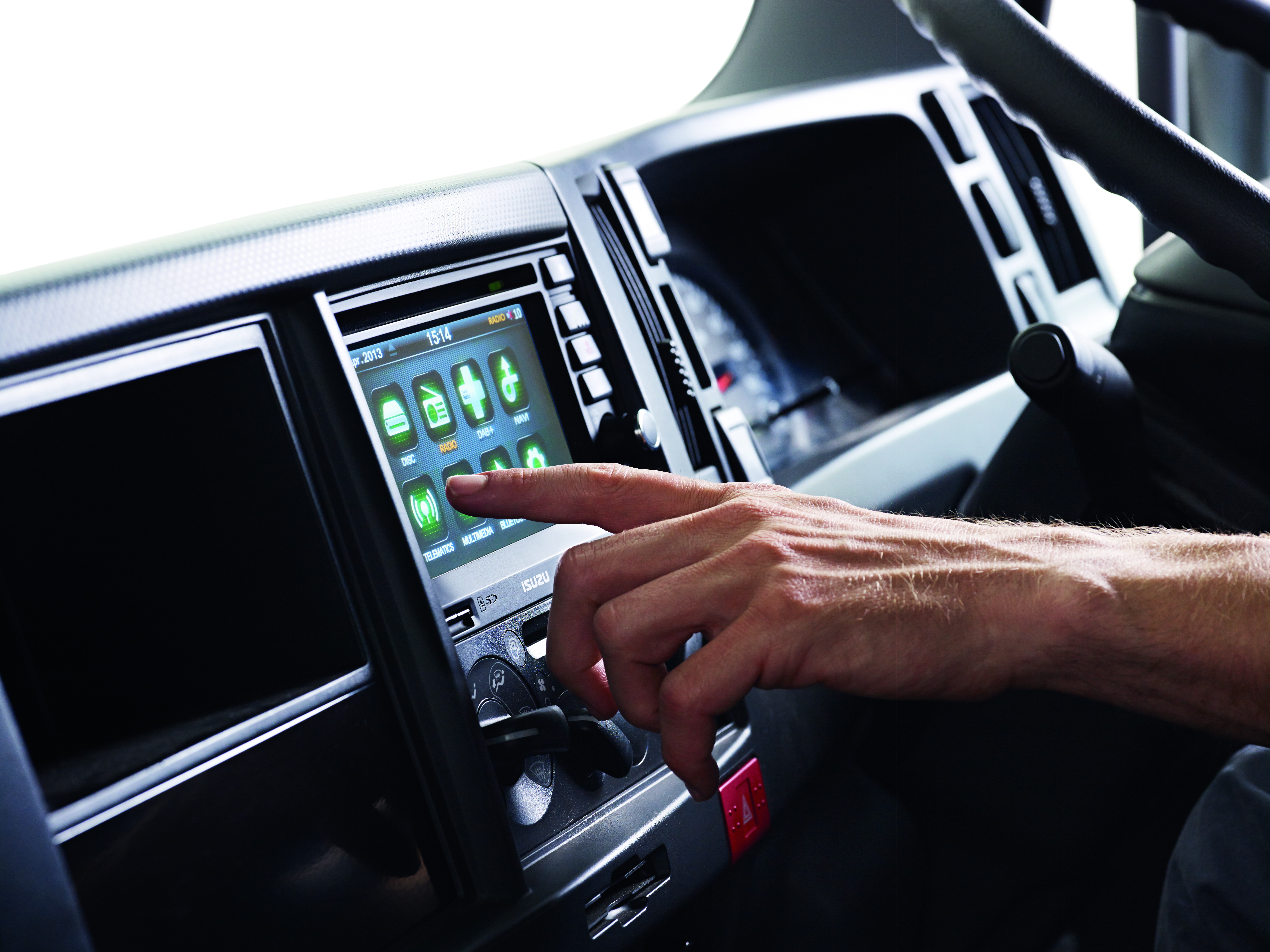


Playtime’s over, get $3,500* to spend on extras.
If you’re ready to get serious about tackling bigger jobs, grab yourself an NLR 45-150 AMT SWB Traypack from the Ready-to-Work range for $62,990 drive away*. And to prove we aren’t playing, buy any NLR Traypack before June 30 and you’ll get $3,500* to spend on genuine accessories or an Essentials service agreement.
Learn more
